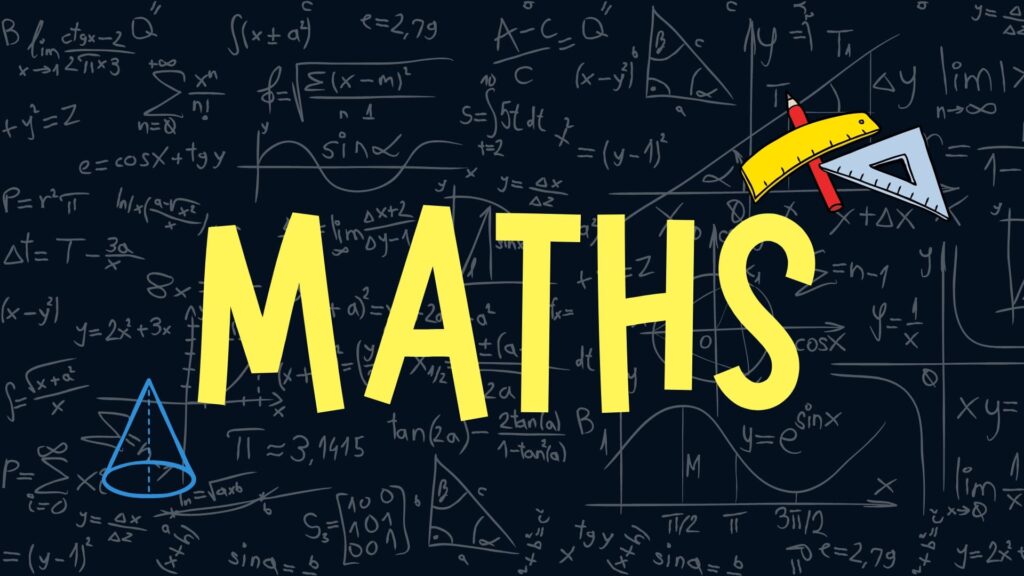NCERT Book Solutions for Class 9 Geography Chapter 6 – Free PDF Download
NCERT Solutions for Class 9 Geography Chapter 6 Population contains the answers to all the questions. This chapter discusses population size and distribution, population growth, and the process of population change and growth. NCERT Solutions contain the answers which are prepared by individual subject experts. The answers are written in simple language for students’ easy understanding. Learning these solutions will help students to score high marks.
NCERT Solutions for Class 9 Social Studies (Geography) Chapter 6 – Population
The Solutions for Chapter 6 of Geography are given below. Students should also check NCERT Solutions for Class 9 for other subjects.
Exercise: Page No: 61
1. Choose the right answer from the four alternatives given below.
(i) Migrations change the number, distribution and composition of the population in
(a) the area of departure
(b) the area of arrival
(c) both the area of arrival and departure
(d) None of the above
Answer:
Both the area of arrival and departure.
(ii) A large proportion of children in a population is a result of
(a) high birth rates
(b) high life expectancies
(c) high death rates
(d) more married couples
Answer:
High birth rates.
(iii) The magnitude of population growth refers to
(a) the total population of area
(b) the number of persons added each year
(c) the rate at which the population increases
(d) the number of females per thousand males
Answer:
the number of persons added each year
(iv) According to the Census, a “literate” person is one who
(a) can read and write his/her name
(b) can read and write any language
(c) is 7 years old and can read and write any language with understanding
(d) knows the 3 ‘R’s (reading, writing, arithmetic)
Answer:
Is 7 years old and can read and write any language with understanding.
2. Answer the following questions briefly.
(i) Why is the rate of population growth in India declining since 1981?
Answer:
The decline is due to greater awareness and usage of birth control measures.
(ii) Discuss the major components of population growth.
Answer:
- Birth rate
- Death rate
- Migration
(iii) Define age structure, death rate and birth rate.
Answer:
Age structure: Refers to the number of people in different age groups in that population.
Death Rate: The number of deaths per thousand persons in a year.
Birth Rate: The number of live births per thousand persons in a year.
(iv) How is migration a determinant factor of population change?
Answer:
Because it changes the demographics of a country.
3. Distinguish between population growth and population change.
Answer:
Population growth:
- Increase in the number of inhabitants of a region during a specific time period.
- Birth rate and migration are the major causes of population growth.
Population change:
- During a specific time period, it is the change in the distribution, composition or size of the population.
- Birth rate, migration, and emigration are the major causes of population change.
4. What is the relation between occupational structure and development?
Answer:
The higher percentage of the population involved in primary occupations like agriculture, animal husbandry, forestry and fishing implies a less developed country.
We see more development in countries where people move into secondary occupations like manufacturing.
A high percentage of the population involved in a tertiary occupation like banking, commerce, transport, and administration implies a highly developed country.
5. What are the advantages of having a healthy population?
Answer:
- It will make the nation strong in all spheres
- It will help in creating a developed and prosperous nation
- It will help in economic growth.
- The nation can compete globally with all other nations in any sphere of requirement.
6. What are the significant features of the National Population Policy 2000?
Answer:
Recognising that the planning of families would improve individual health and welfare, the Government of India initiated a comprehensive Family Planning Programme in 1952. The Family Welfare Programme has sought to promote responsible and planned parenthood on a voluntary basis. The National Population Policy (NDP) 2000 is a culmination of years of planned efforts. The NPP 2000 provides a policy framework for imparting free and compulsory school education up to 14 years of age, reducing the infant mortality rate to below 30 per 1000 live births, achieving universal immunisation of children against all vaccine-preventable diseases, promoting delayed marriage for girls and making family welfare a people-centred programme.
Population Summary
Chapter 6 – Population NCERT Geography Class 9 discusses the importance of human population in terms of growth and development. The population is a pivotal element in Social Studies. It is the point of reference from which all other elements are observed and from which they derive significance and meaning. ‘Resources’, ‘calamities’ and ‘disasters’ are all meaningful only in relation to human beings. The three major points of importance discussed in this chapter are mentioned below:
- Population size and distribution
- Population growth and processes of population change
- Characteristics or qualities of the population
Population, with respect to India, has been discussed in this chapter. The distribution of population and population growth is also a concern of the people in the country. Different mediums are used to calculate the growth rate of the country every year, and the population is calculated based on it. Topics like death rate, birth rate and migration are the major reasons for population growth and development.
Literacy rate, sex ratio, occupational structure, adolescent population, health and national population policy are among the other important topics that students will study in this chapter.
Disclaimer:
Dropped Topics – Pointers regarding three major questions about population, age composition, sex ratio, literacy rates, occupational structure, health, NPP 2000 and adolescents.


![NCERT Books for Class 9 Science [2023 -24 Edition Revised Syllabus] PDF Download](https://cbsejeeneet.com/wp-content/uploads/2023/07/WhatsApp-Image-2023-07-17-at-14.06.59-1024x575.jpg)
